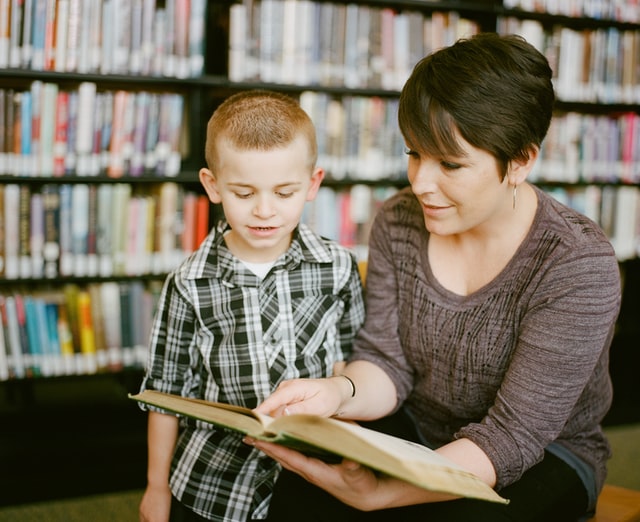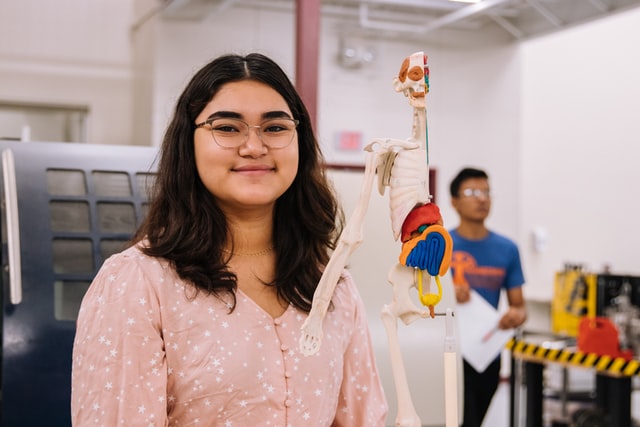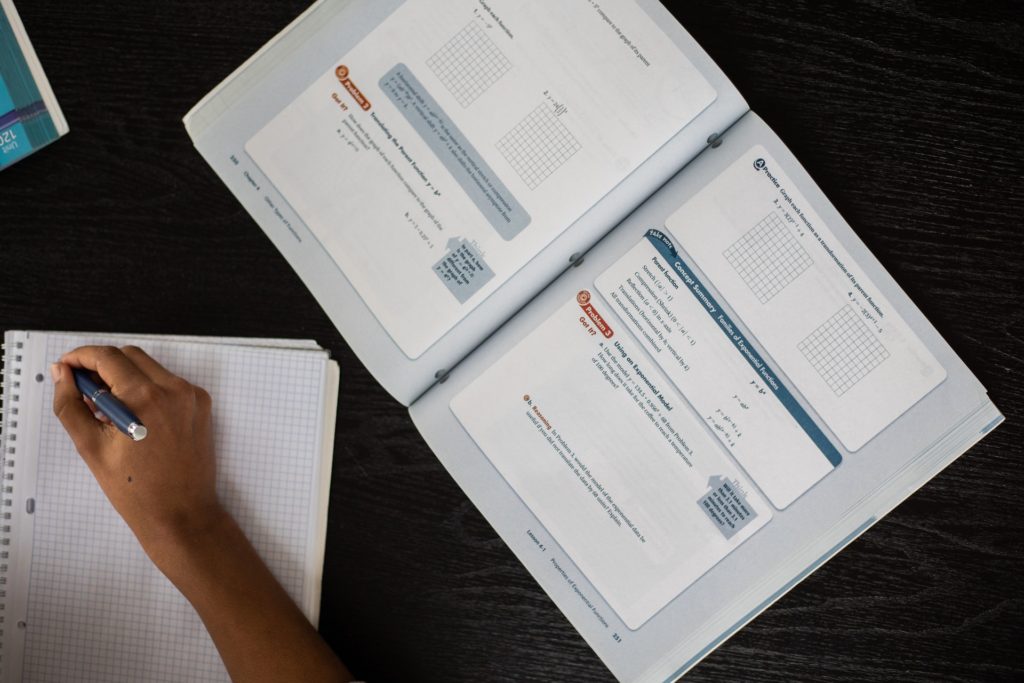Table of Contents
Differentiated Instruction and Universal Design for Learning are two separate approaches to lesson planning that seek to include all types of students regardless of their strengths, weaknesses, learning difficulties, or diagnoses.
The two terms are commonly confused, but are not just two names for the same approach. They differ in mindset, expectations, and approaches when handling students who have learning differences.
Differentiated Instruction is the older of the two educational theories, but recently it has been coming under fire for how it treats students with learning differences. Universal Design for Learning often acts as an opposing response to Differentiation for teachers and schools who are frustrated with the drawbacks it inevitably faces. But is Differentiation truly dead?
Both approaches have fierce defenders and whole schools design their curriculum around the principles of one or the other, but which is the better model according to research in education and neuroscience? This article will explain both approaches and give teachers the background knowledge and research on both approaches, as well as their benefits and drawbacks.
What is Differentiated Instruction?
Differentiated Instruction, commonly shortened to Differentiation, or even just DI, is an approach to lesson planning in which the teacher takes into account the various learning profiles of the students in order to design different pathways students can take to show their learning in class. Using Differentiation, teachers work individually with students to come up with learning plans and objectives that suit their individual personalities, interests, and needs.
Differentiation, by nature, has no single approach or methodology as it seeks to use different approaches for each student, but a few examples can give a clearer understanding of how a teacher might apply Differentiation in the classroom. An English teacher might assign a speech as the culminating assessment for a unit on debate and political rhetoric, but allow a student with an anxiety disorder to instead write a paper showing their understanding.
For another example, a teacher might allow a student with Dyslexia to do a verbal question and answer with the teacher instead of doing a written exam or essay. With this approach, it is argued that all students are still showing the same understanding of the content and so it shouldn’t matter if some students show their learning in a different way. All students are able to use their strengths to access the material.
Another common feature of Differentiated Instruction is pull-out instruction. In Differentiation, it is common practice to pull certain students aside, sometimes during class, with learning support specialists to give them a different approach to information and specialized coping strategies for their specific needs.
A recent research study showed that students with dyslexia responded well to targeted focus on their areas of weakness in reading and writing. (Al Otaiba et al.) This study showed that targeted small group interventions can make a big difference for students with learning difficulties and help them rejoin classes with better approaches to learning.

Drawbacks to Differentiated Instruction
While Differentiation is wonderful in its ideals of personalizing each lesson for every student, this often adds a lot of pressure and work for the teacher to individualize their lesson plan and instruction materials for each individual student.
It is time consuming enough for a teacher to plan a lesson once, but much harder when the lesson needs to be modified multiple times for each student with a learning difference. Especially in classrooms with many students with significant needs, this practice can quickly become overwhelming and even lead to teacher burnout.
Another drawback to Differentiated Instruction is the fact that while it is great at giving students confidence in their strengths, it often leaves their weaknesses to atrophy further, resulting in fewer opportunities in the future.
Teachers do need to encourage students to use their strengths to get work done, but allowing students to always avoid doing certain types of activities that they aren’t naturally good at will limit their skillset and make them only capable of a small subset of their potential. While students may all be learning the same content with Differentiation, they aren’t learning the same skills.
If the student who has an anxiety disorder is never put into a situation that challenges them, then they won’t be able to develop coping strategies, and develop resilience that will better prepare them for the challenges they will inevitably face post graduation. Life is full of stressors and things that test a person’s ability to not collapse under pressure.
Similarly, if the student with dyslexia is never assessed on their reading or writing abilities, they will be missing out on a truly fundamental skill. Allowing students to rely on their strengths to ignore their weaknesses is like a physical therapist allowing a patient with a broken leg to not walk anymore because it hurts.
It may be difficult, it may be painful, but in the end, it is worth building up the strength of that weakened leg so that the person can have the most opportunities and not be held back. Just because something is more difficult for a student does not mean that it is not good for them.
So while Differentiated Instruction initially may sound appealing due to its recognition of individual student difference and focus on highlighting student strengths, in the end it can often lead to teachers that are overwhelmed and students that are underprepared. While in any school there will have to be some individualized support for students from the learning support team, school psychologist, and counselors this should be only in extreme cases.
As far as lesson planning goes, Differentiation works to spot treat individual symptoms of the problems students face in school but often fails to treat the root cause of the issues of modern education systems.
What is Universal Design for Learning

Universal Design for Learning, often shortened to just Universal Design or UDL, is an approach to lesson planning which seeks to include all students regardless of their strengths and weaknesses by utilizing a range of approaches for all students to access materials the way that works for them.
In Universal Design, rather than looking at the profiles of all students and planning something separately for those with learning difficulties after the lesson has been designed to differentiate it, teachers give students broader tasks and projects and allow students to find their own way to access the materials and complete the assigned work.
Universal Design for Learning seeks to plan lessons the way that the brain learns best regardless of its specific propensities or preferences. For example, research shows that all people, and especially young students, have great difficulty sustaining their attention for an extended lecture and retain the information or transfer it into a useful context. Maksimenko et al.)
Because of this, teachers who advocate for Universal Design keep lectures short and time themselves the same way they would time a student giving a presentation. This way, the lesson works better for all students, but specifically makes the class more accessible to students with attentional difficulties like those with Executive Functioning issues or ADHD.
Another example of Universal Design for Learning could be a teacher introducing a new unit via a set of resources of all types. Oftentimes, teachers will introduce a new unit with a reading that students are to complete before a lecture the following day. With the principles of Universal Design, the teacher could instead start class with a group activity where each group is given a different set of resources that they must go through, pull information, and create a lecture to teach their part to the other groups later.
For example, in a Social Studies class, the teacher might introduce a unit on WWII by giving one group information on the lead up and start of the war, another group the European theater, another the Pacific theater, and another group on the causes and results of the end of the war. Each group’s packet should include a video, a reading, and a research challenge to get kids finding information independently using good sources on the internet.
This way, all students are exposed to the material in multiple ways, using different sensory and memory pathways in the brain. While this would be most useful for students with Language Processing Disorders, research clearly shows that giving information in different ways that activate different sensory pathways in the brain gives students a greater network of understanding, more ways to remember the information, and gives a clearer picture of the context the information can be applied.
This way, all students have the same materials, expectations, and end goals, but the lesson is designed in a way that simultaneously supports students strengths while pushing them to still work on their weaknesses. Similarly, each student’s individual contribution will be built off of their personal strengths and so when they present, everyone will benefit from their unique perspective whether that be more visually displayed, more logically argumentative, or more clearly explained.
Difficulties with Universal Design for Learning
While Universal Design for Learning will in the long run result in less time spent planning and individualizing lesson plans, it does require a large amount of planning and preparation initially in order to be successful.
Gathering all of the varied materials, planning creative ways to give information outside of simple lectures, and including fun collaborative projects requires a lot more time and effort than throwing together a few slides on a topic the teacher knows by heart and going through it with students. Once the teacher has done the planning, they can use those same projects and class activities again and again, but the first year transitioning from lectures to UDL will be a busy one for sure if they hope to have every lesson fully universally designed.
Another difficulty connected to Universal Design for Learning is that no lesson plan is perfect and some students have more severe needs than can be anticipated. This means that, in the end, some amount of Differentiation and individualized care will need to be included when kids fall through the cracks.
Even in the most perfectly planned lessons, students are all unique individuals who will have their own personalized problems in and out of school. So while Differentiation can work without Universal Design, Universal Design can not work without some Differentiation.
Just because a lesson is “universally planned” doesn’t mean that they can simply explain the lesson and then just sit back and relax. Just like with any type of teaching, teachers should still spend much of the independent working time floating around the room, giving support to struggling students and pushing high performing students to take their work to the next level.
Knowing and supporting students at an individual level is just best practice, and so teachers utilizing UDL should not become overconfident and think of their lessons as a “set it and forget it” teaching style.
Should Teachers Use UDL or DI?
In the end, the research suggests that a mixture of Universal Design and Differentiation will be best in planning effective lessons and giving every student the best chance of improving each lesson. Universal Design for Learning should be implemented first, as in the long run, it will solve a lot of classroom difficulties before they even arise.
Lessons that are universally designed will work better not only for students with learning difficulties, but every student, as they are built to teach in ways that work for how the brain learns best through a variety of exposure types and active collaboration. However, Differentiation will be necessary in order to help catch students who still fall through the cracks or have severe needs.
While both approaches have their merits, it is important not to take either to the extreme. Extreme Differentiation often leads to teachers letting students get away with never challenging their weaknesses and passing students who have an extremely limited skillset. Universal Design can also be slowly implemented.
First year teachers might slowly add in Universally Designed projects and activities in addition to teaching in ways they’re more familiar with. Eventually they will have a store of activities and projects that they can use to have every day be Universally Designed, but they shouldn’t expect every lesson to be perfect from day one or they are setting themselves up for a quick burnout.
As the research above showed, students with learning difficulties absolutely can learn and improve in their areas of weakness. Students should not be allowed to do separate assessments from their peers simply because they are different.
Whether that is achieved by pulling some students out for a differentiated class session to help them get some coping strategies or by having lessons that are designed with all learning styles in mind, in the end, all students are capable of class objectives which are to gain new skills, learn new things, and get a little better everyday.
All students should be held to the same standard and given the same set of skills. While some teachers may argue that some students just aren’t capable of doing the same thing as everyone else, this is actually quite sad, as it shows they don’t actually believe in their students.
Not every student needs to get an A to be successful. Success is leaving the class better than when they came in.

While Differentiation can objectively be useful for students with learning difficulties, many times the coping strategies and approaches to learning given by the learning support teachers are actually just ways to activate learning through different pathways in the brain and would be useful for all students not just those with an official diagnosis.
Rather than always resorting to pulling students out of a class when they’re struggling, teachers should consider inviting the learning support teachers into the classroom to do a guest lecture or activity. This will give all students a new way to look at the information being taught and also just be something a little bit different from regular class. The teacher can also get a few ideas to use in the future in order to better Universally Design their lessons.
Conclusion
In conclusion, teachers should generally focus on using Universal Design for Learning as it seeks to deal with the fundamental issues with how education works by designing lessons that work for a wider variety of students, but should also be willing to use Differentiated Instruction in extreme cases and to triage issues that aren’t addressed in their Universally Designed lessons. Teachers and schools should implement UDL slowly to give teachers time to gather and create universally designed materials.
Learning support teachers should be utilized as support in order to create these materials as well as being available to push into core subject area classes to reinvigorate learning and support teachers and students who are struggling. Differentiation should be used sparingly, and never as a way to let students get out of work.
Instead, differentiation should give students coping strategies to help them utilize their strengths and give them extra time to train their weaknesses before returning to class to complete the same work as everyone else. Every student can be successful in learning and struggling shouldn’t be seen as something to avoid.
Life is full of challenges, but students taught with these approaches will be better equipped to handle life’s stressors with a broad base of approaches to learning that help them independently achieve their goals.
Want more like this? Make Lab to Class a part of your weekly professional development schedule by subscribing to updates below.
References
Al Otaiba, Stephanie, et al. “What We Know and Need to Know about Literacy Interventions for Elementary Students with Reading Difficulties and Disabilities, Including Dyslexia.” Reading Research Quarterly, 2022, https://doi.org/10.1002/rrq.458.
Maksimenko, V., Hramov, A., Grubov, V., Nedaivozov, V., Makarov, V. and Pisarchik, A., 2018. Nonlinear effect of biological feedback on brain attentional state. Nonlinear Dynamics, 95(3), pp.1923-1939.



